When Should You Replace Your Oxygen Detectors?
Oxygen detectors are indispensable safety equipment in industrial safety, laboratory operations, medical environments, and confined space work. They monitor oxygen concentration in real time, providing timely warnings of hypoxia or hyperoxia risks to protect personnel safety. However, all equipment has a limited lifespan. Overreliance on aging detectors not only fails to ensure safety but may introduce potential hazards. So, when should you replace your oxygen detectors? Below, Eranntex provides a clear, practical replacement guide covering four key aspects: equipment lifespan, performance, technological updates, and regulatory requirements.

I. Equipment Service Life: Has it reached the manufacturer's recommended lifespan?
Every oxygen detectors has a designed service life, typically spanning 3 to 5 years. This timeframe is based on the aging rate of sensors, electronic components, and batteries. Many users continue operating detectors beyond their design lifespan if the device appears undamaged and still powers on—a practice carrying significant risks.
Manufacturers usually specify the recommended service life in the device manual or on their official website. Once the device approaches or exceeds this period, internal components may have degraded in performance even if it appears to function normally. Therefore, users are advised to proactively contact suppliers for evaluation or replacement when the device reaches its recommended lifespan to prevent monitoring inaccuracies due to aging equipment.
II. Sensor Performance Degradation: Frequent Calibration or Slow Response?
The sensor is the core component of an oxygen detector, directly impacting the accuracy of monitoring results. Over time, sensors gradually degrade, manifesting as increased calibration frequency, prolonged response times, or unstable readings. If your device requires frequent calibration to maintain accuracy or exhibits sluggish response in high-concentration gas environments, this typically signals impending sensor failure.
Additionally, modern oxygen detectors often feature sensor diagnostics that indicate sensor health status. If the device frequently issues sensor failure warnings or fails calibration tests, it indicates the sensor is nearing the end of its service life. At this point, consider replacing either the sensor or the entire unit. For overseas users, the cost and feasibility of sensor replacement should be weighed against replacing the entire unit. If the sensor price approaches half the cost of a new device or if the sensor is discontinued, replacing the entire unit may be the more economical choice.
III. Technological Advancements and Feature Iterations: Is Your Equipment Outdated?
Technological progress is relentless, and oxygen detectors technology continues to evolve. Newer generations of devices typically offer higher accuracy, faster response times, longer battery life, and smarter data management capabilities. For instance, modern detectors may support wireless data transmission, cloud storage, and remote monitoring—features that significantly enhance safety management efficiency.
If you're still using equipment purchased years ago, it may fail to meet current safety standards or operational requirements. Older models might lack support for the latest communication protocols, preventing integration with corporate safety management systems, or lack data logging capabilities, making it difficult to satisfy audit or compliance demands. Replacing such equipment with newer models not only enhances safety but also optimizes workflows and reduces long-term management costs.
IV. Regulatory and Standard Changes: Does Your Equipment Meet the Latest Requirements?
Different countries and regions impose varying regulations and standards for oxygen detectors usage. Examples include the EU's ATEX Directive, the U.S. OSHA standards, and the International Electrotechnical Commission (IEC) Ex certification, all of which specify clear requirements for equipment performance, certification, and operating environments. These regulations and standards may evolve with technological advancements and changing safety demands.
If your equipment lacks the latest certifications or fails to meet current regulatory requirements, continued use may expose you to compliance risks, including potential fines or shutdowns. Therefore, overseas users are advised to regularly monitor local regulatory changes and confirm with equipment suppliers whether existing devices comply with the latest standards. If equipment no longer meets compliance requirements, it should be immediately replaced with new models that meet current regulations.
V. Physical Damage and Maintenance Costs: Is Repair No Longer Economical?
Oxygen detectors are often used in harsh environments and are prone to physical damage, such as cracked casings, broken screens, or loose connectors. While some damage can be repaired, if the equipment malfunctions frequently or repair costs approach the price of a new unit, continued repairs are clearly no longer economical.
Furthermore, spare parts for outdated equipment may be discontinued, leading to repair difficulties or prolonged downtime. In such cases, replacing the device is the wiser choice. New equipment not only offers more reliable performance but also comes with comprehensive warranty coverage, reducing long-term maintenance costs.
Conclusion
Oxygen detectors are critical tools for ensuring safety, yet their effectiveness depends on the device's performance and condition. By monitoring equipment age, sensor performance, technological advancements, regulatory requirements, and maintenance costs, overseas users can scientifically determine when to replace oxygen detectors. Safety demands no compromise—timely replacement of aging or obsolete equipment not only safeguards personnel but also ensures corporate compliance and operational efficiency. Users are advised to establish equipment lifecycle management plans, conducting regular assessments to guarantee consistent use of the most reliable and advanced oxygen detection instruments.
Related information
-
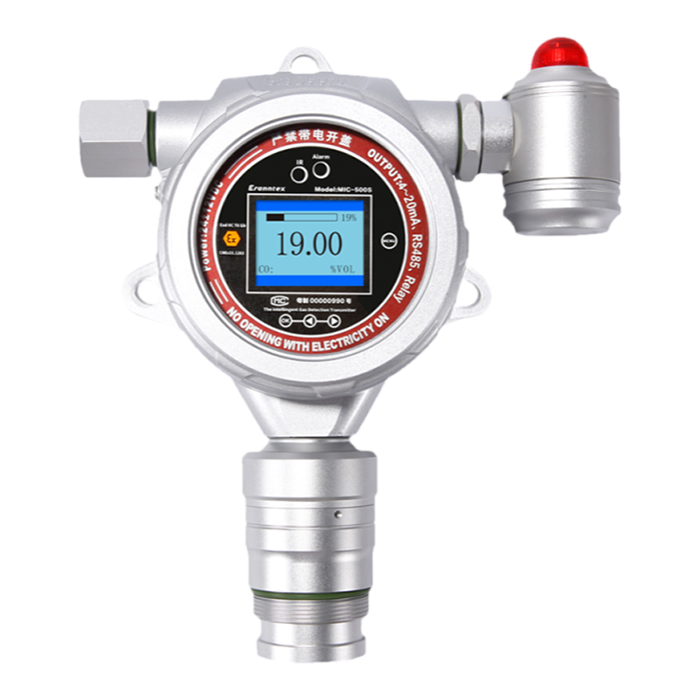
Combustible Gas Detectors: Your First Line of Defense
In today\'s society, whether in cosy domestic settings, bustling industrial environments, or challenging outdoor work zones, combu...
2025-10-31 -

How to Test Your Oxygen Detectors Effectively?
In today\'s society, where safety and health are paramount, oxygen detectors serve as vital equipment safeguarding us from the d...
2025-10-29 -

Oxygen Detectors: Your Key to a Safer Environment
In the global pursuit of safety and healthy living, oxygen detectors are increasingly becoming indispensable equipment for safeg...
2025-10-27 -
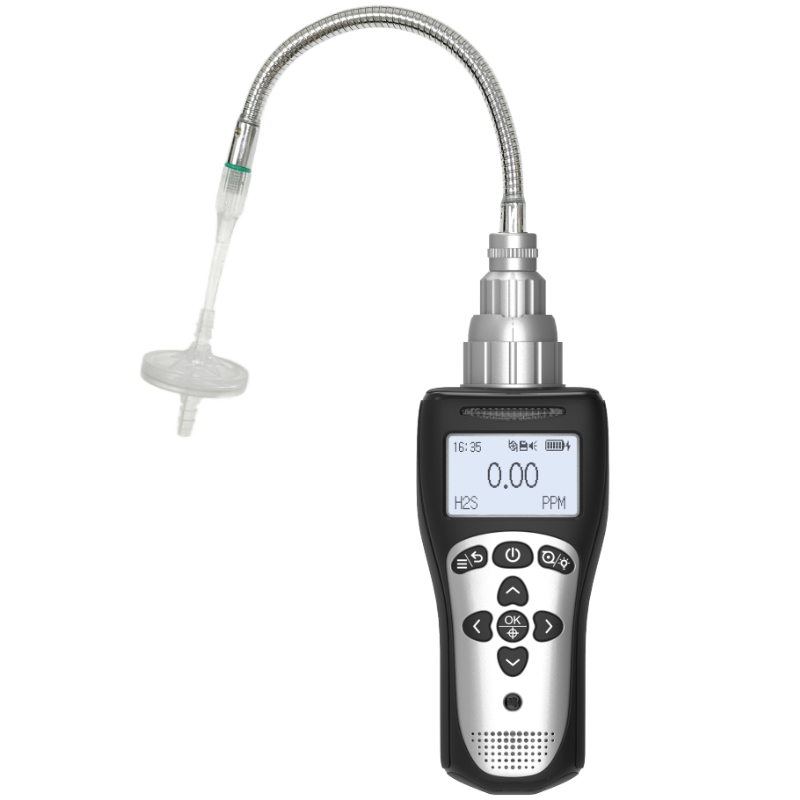
6 Types of Oxygen Detectors You Should Know About
In countless industrial, commercial, and research settings, oxygen serves as both the source of life and a potential hazard. Insuf...
2025-10-24 -

How Often Should You Replace Your Oxygen Detectors?
In today\'s society, oxygen detectors play a vital role across industrial production, underground operations, and specific domesti...
2025-10-22

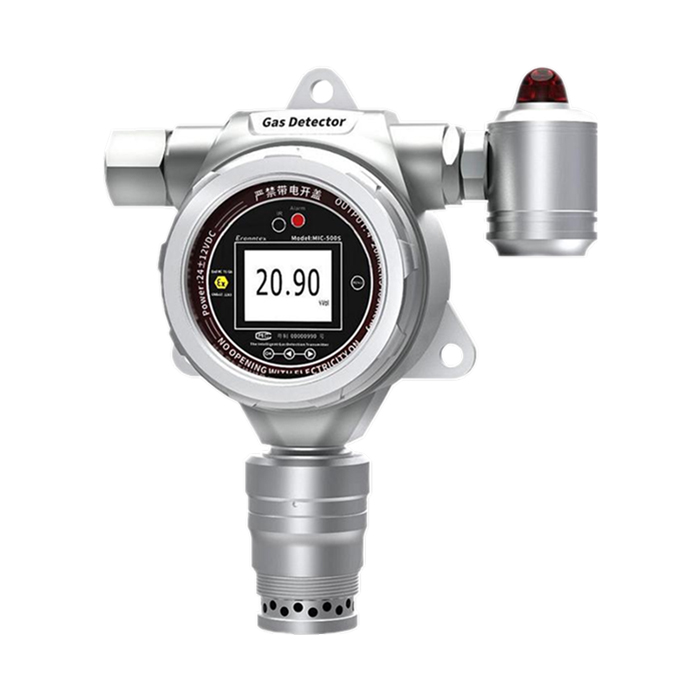
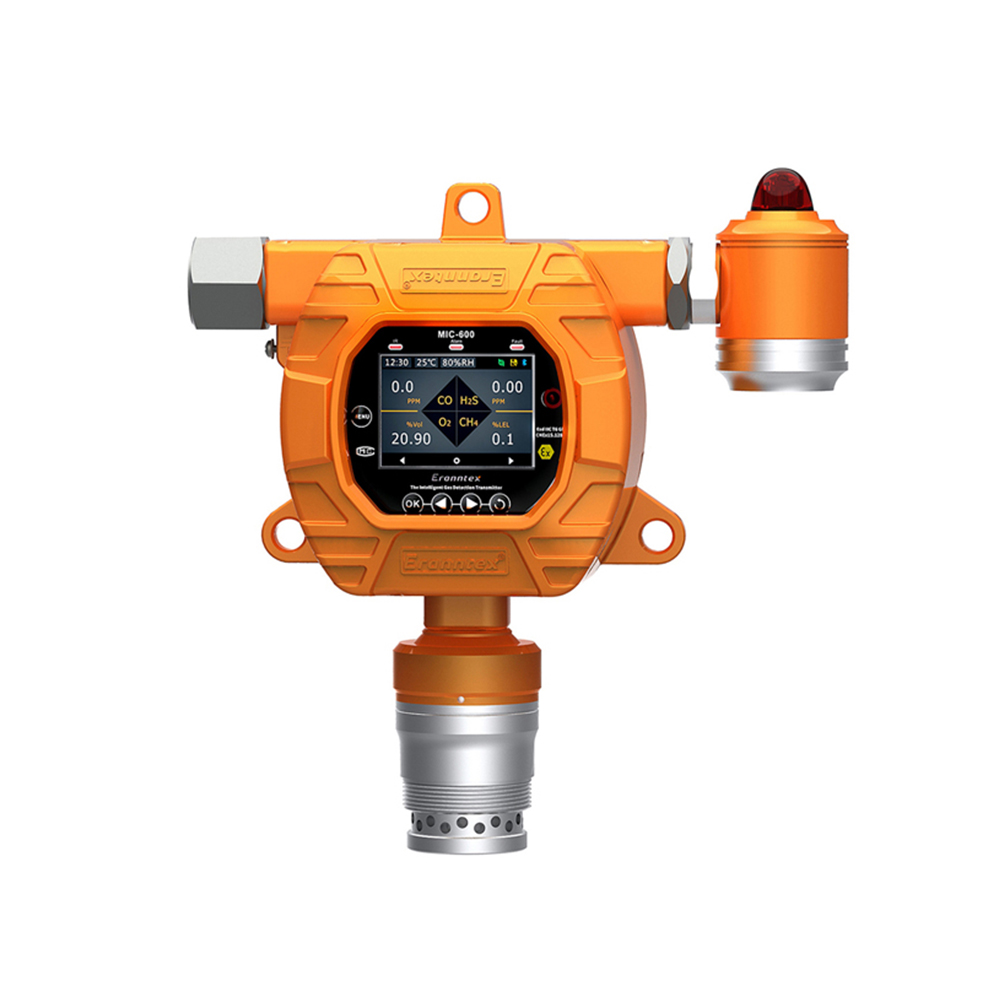
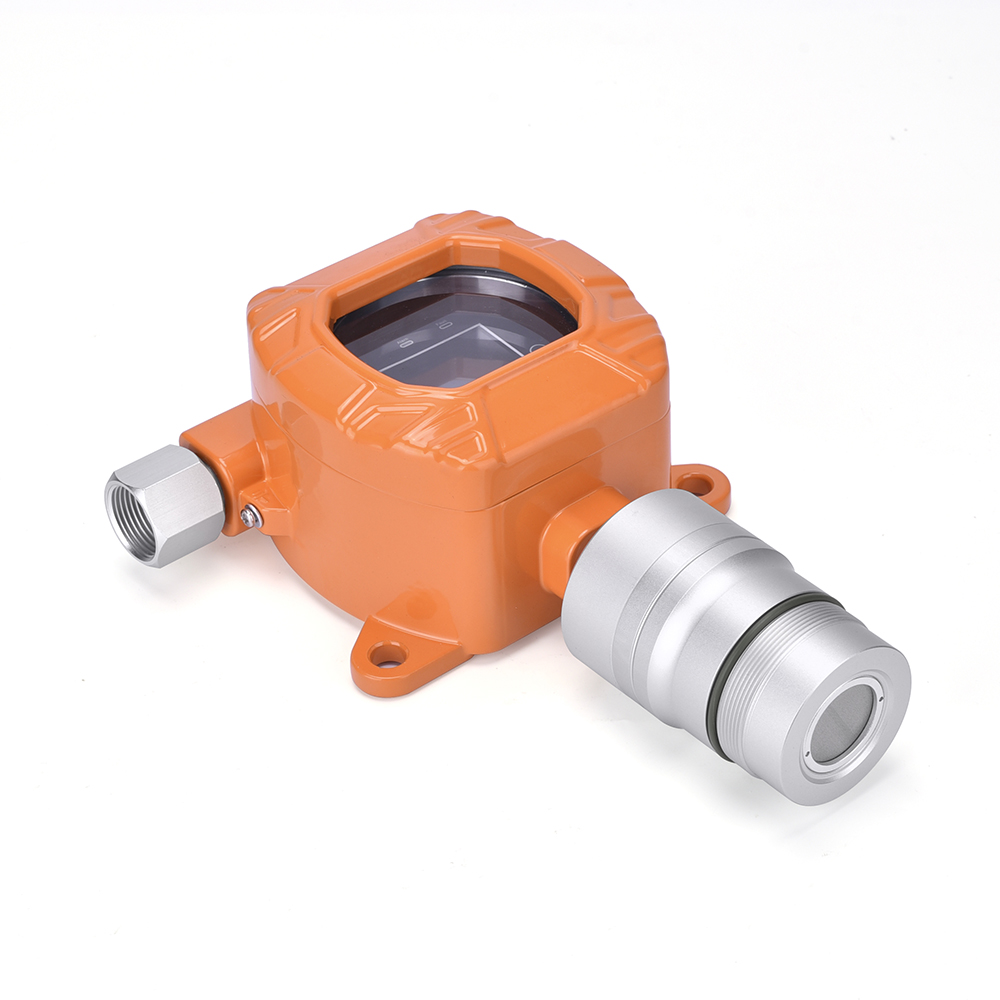
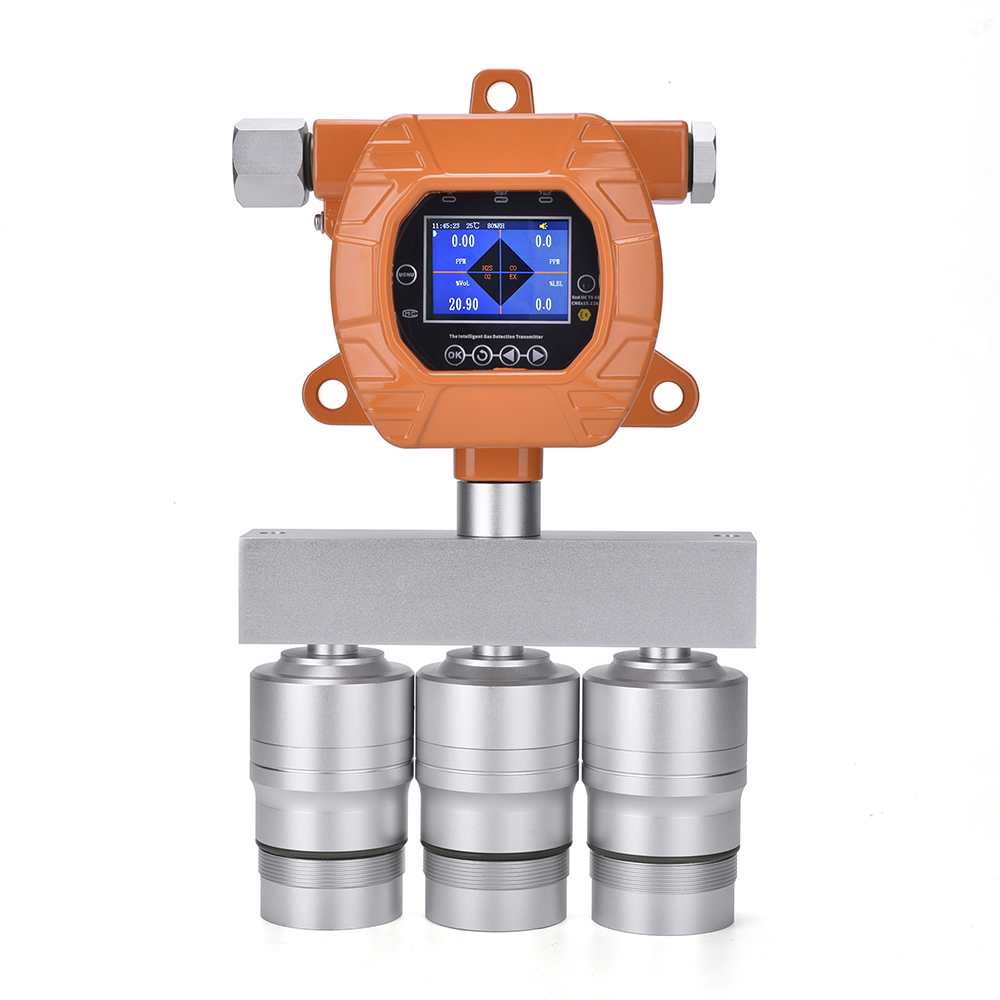

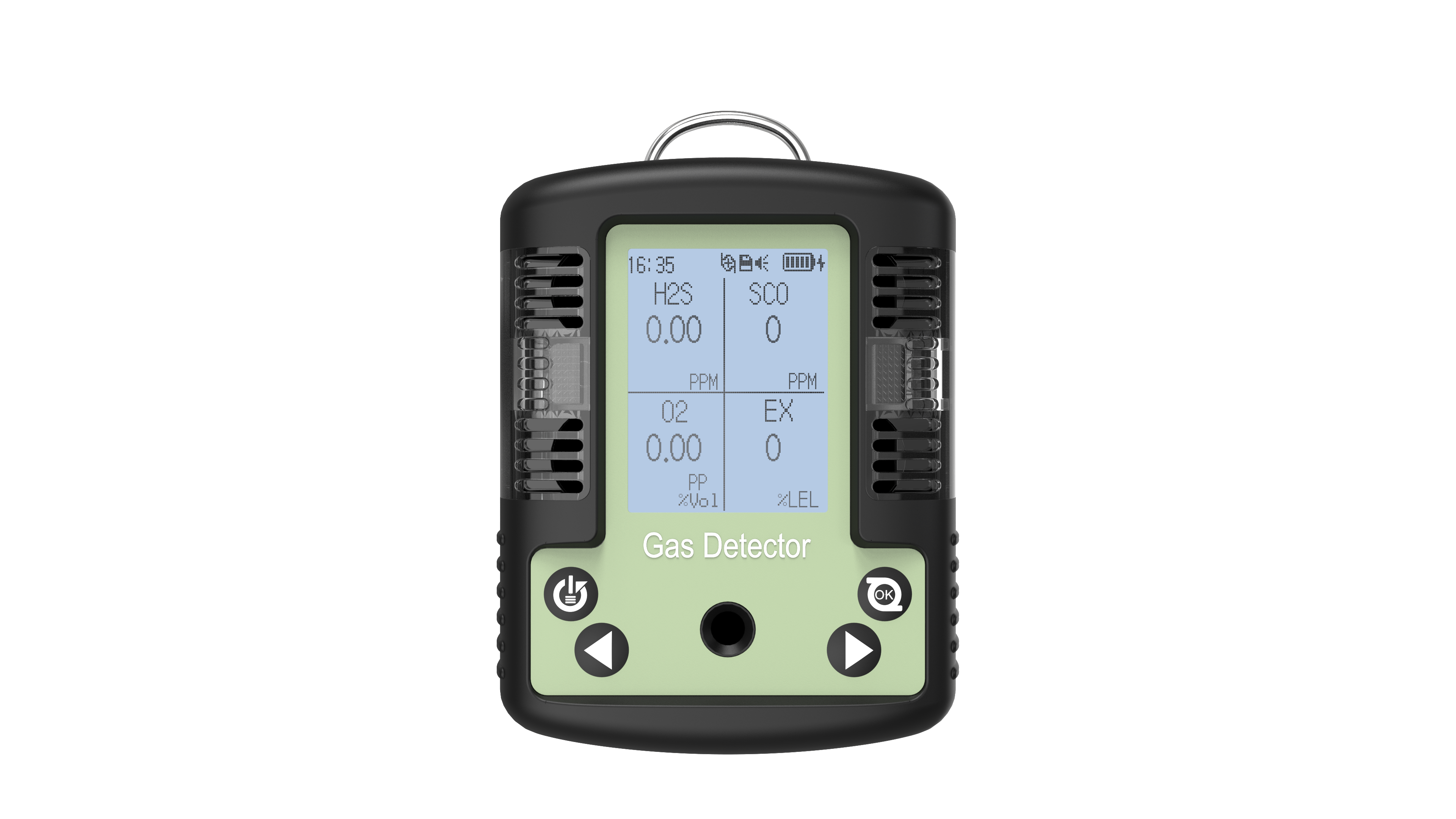

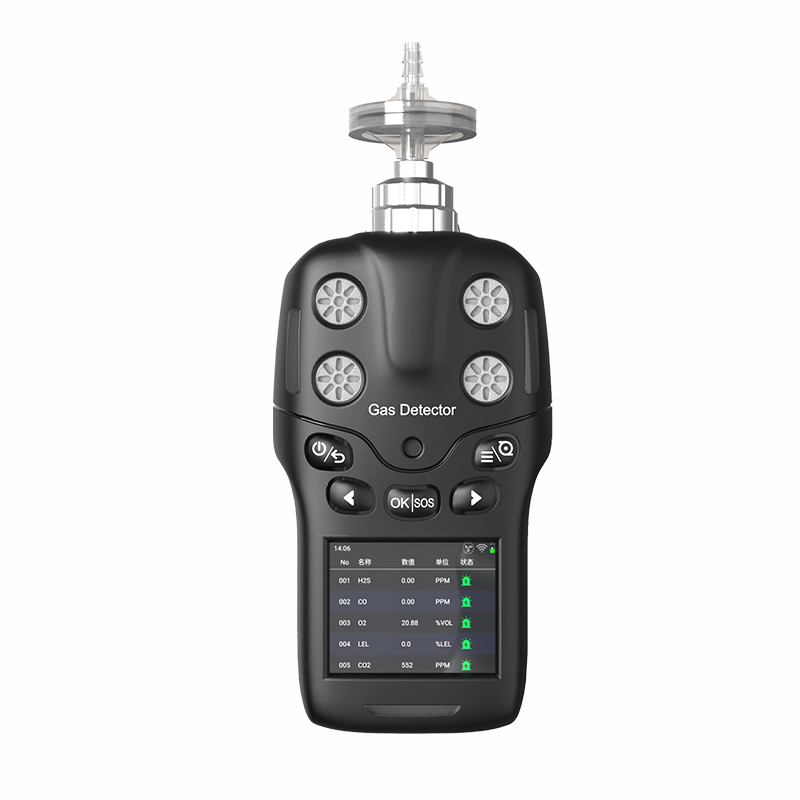
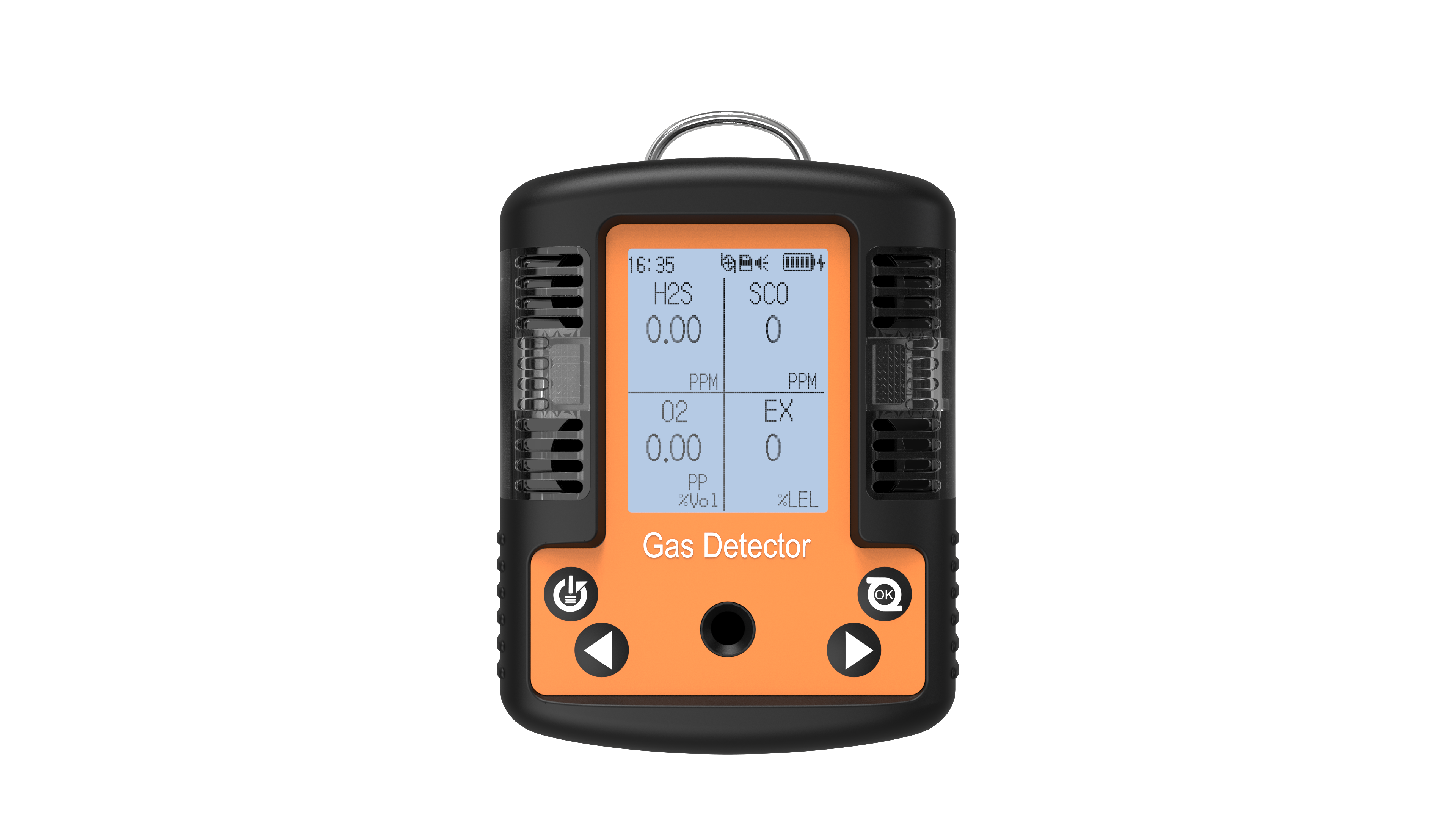
 info@eranntexgas.com
info@eranntexgas.com


 13480931872
13480931872